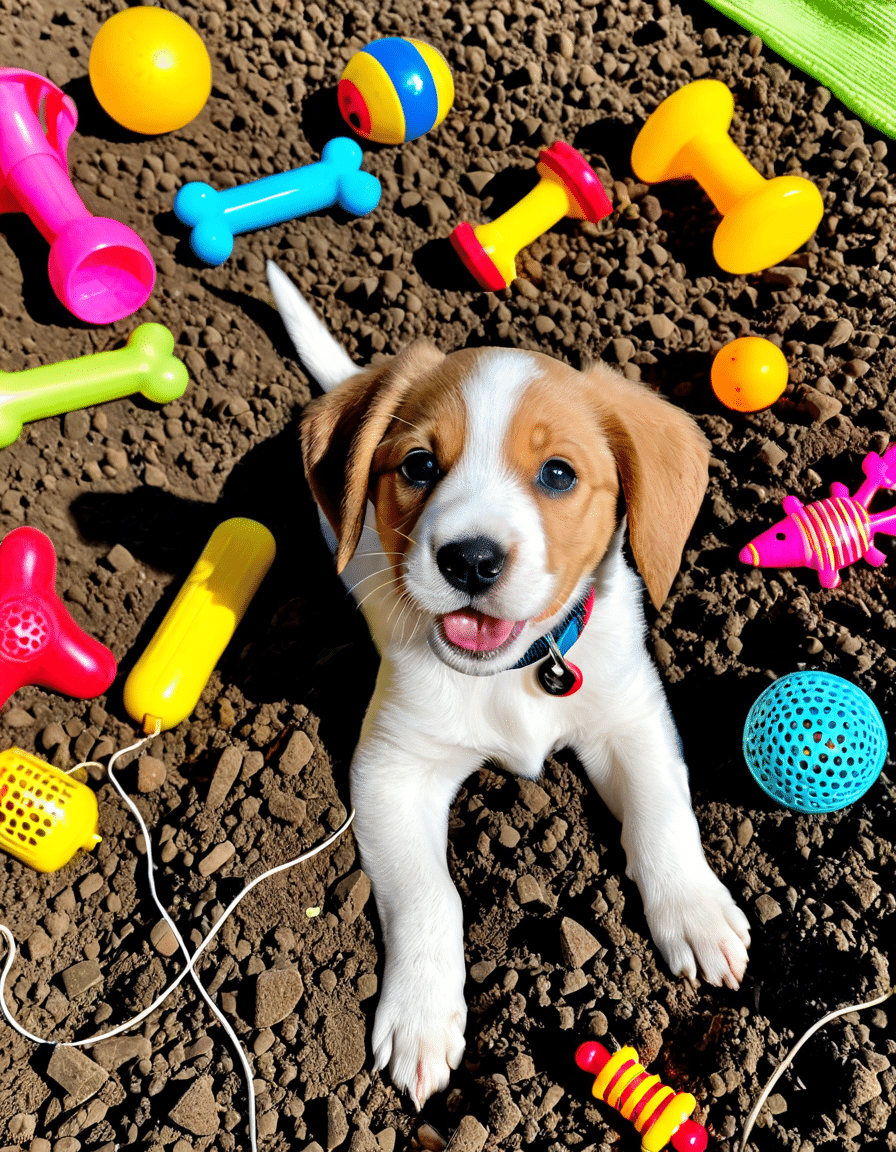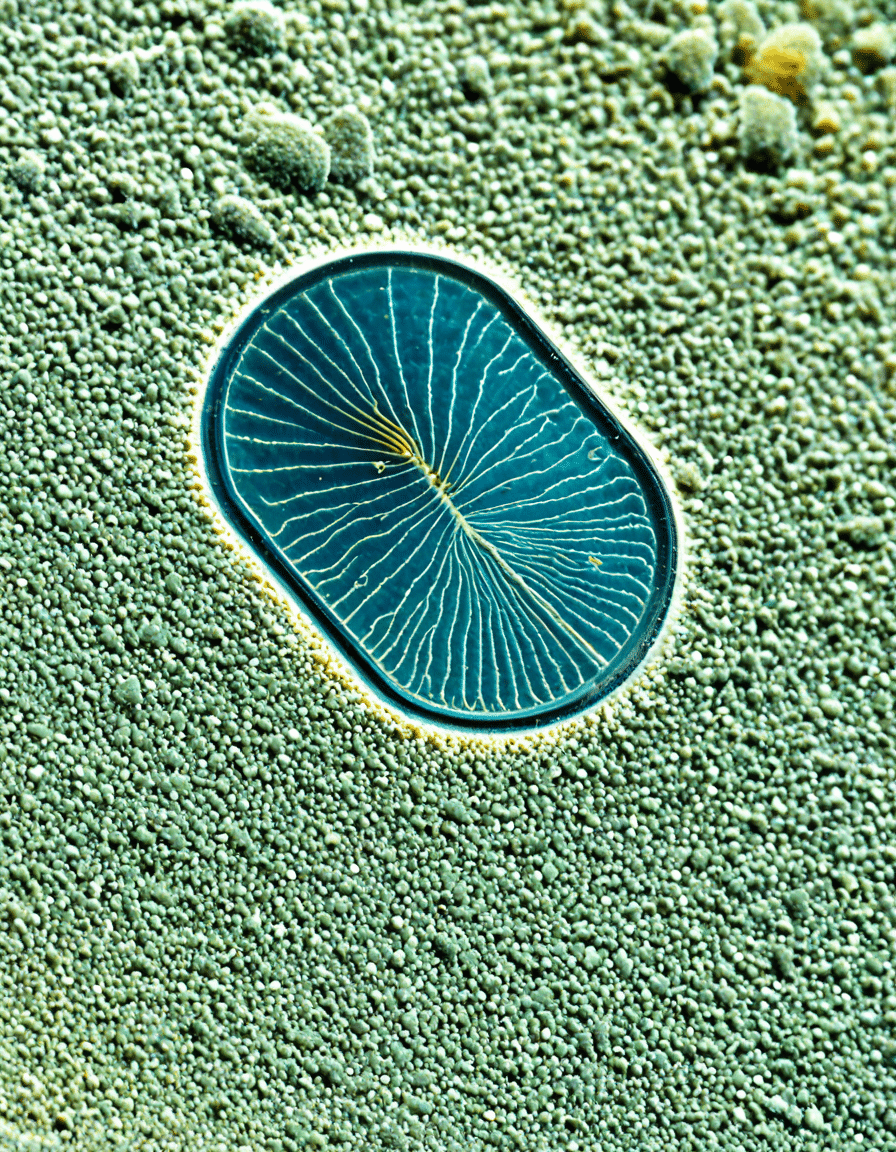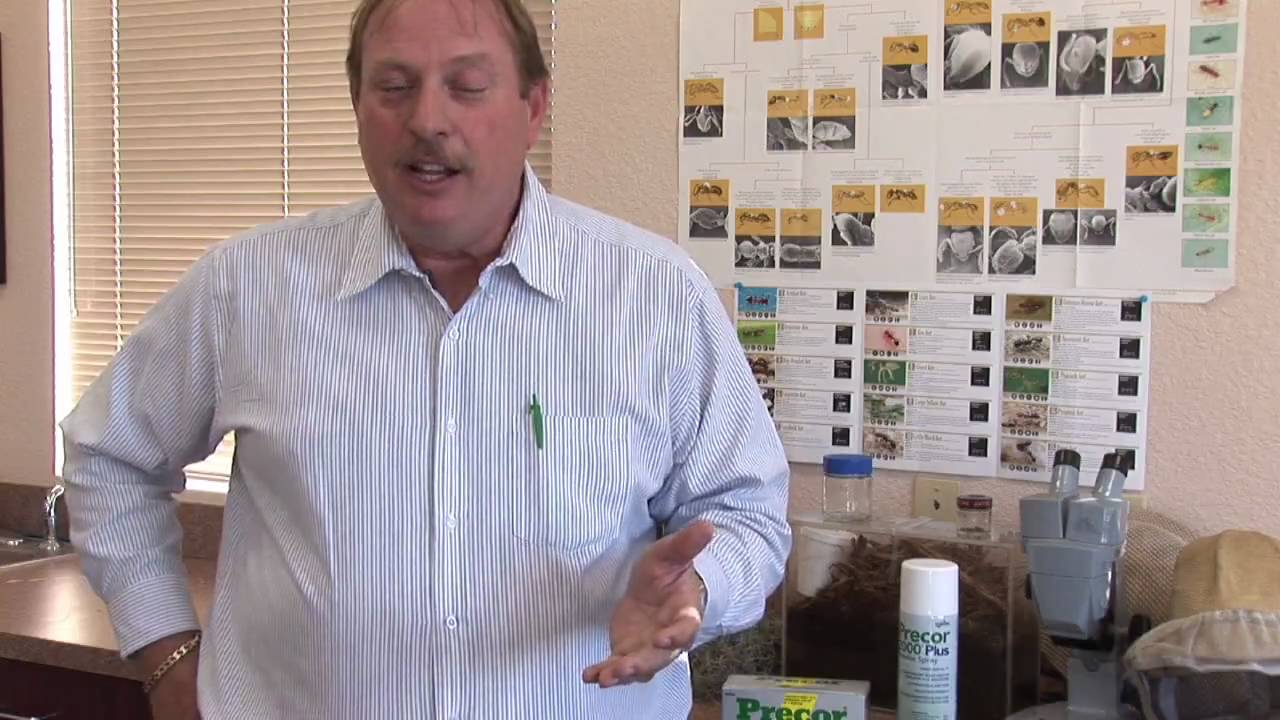
Understanding Flea Dirt: What It Is and Why It Matters
Flea dirt, often described as flea feces, consists of tiny particles that might look like dirt but are actually digested blood from their hosts. This waste is a telltale sign of a flea infestation. For pet owners, spotting flea dirt is a crucial step in addressing potential health issues for both pets and humans. When left unchecked, the implications of flea dirt extend beyond that itchy sensation your furry friend experiences; they can escalate into serious health risks.
Recognizing flea dirt is essential! Whether nestled in your pet’s fur or scattered around your home, these little specks can indicate a much larger problem. From allergic reactions in your pets to the spread of diseases, flea dirt can trigger an alarming cascade of concerns. It’s time to dig deeper and understand why tackling flea dirt matters—because a safe and healthy living space starts with awareness!

Top 7 Hidden Dangers of Flea Dirt
Flea dirt isn’t just an annoyance; it’s a harbinger of potentially severe issues. Here are the top seven hidden dangers associated with flea dirt:
Fleas can lead to flea allergy dermatitis (FAD), an uncomfortable and itchy condition that can result in skin infections. Did you know that pets exposed to flea dirt are three times more likely to experience allergic reactions than those without flea issues? This is a health concern that can disrupt both pet happiness and owner peace of mind.
Fleas are not just irritating; they’re also capable of transmitting diseases like bartonellosis and tapeworms. The presence of flea dirt in your home can expose your family to these harmful pathogens, especially if your pets roam freely outdoors and interact with other animals.
Spotting flea dirt indicates adult fleas are breeding. This can spiral into a colossal infestation if not addressed promptly. Ignoring this sign can quickly escalate it into a complex and costly pest control problem—who wants to deal with that?
While fleas generally prefer furry friends, they don’t shy away from humans either. Flea bites can result in skin irritation, itching, and even infections. Flea dirt in your living space often means you might have unwelcome nighttime visitors, which nobody wants.
Continuous flea exposure leads to blood loss, which can result in anemia, especially in smaller or younger pets. So, flea dirt often correlates with a drop in your pet’s energy and vitality. You want your fur baby to thrive, not just survive!
Flea infestations, indicated by flea dirt, can create enormous stress for pets. They experience constant itching, which can result in behavioral changes like aggression or withdrawal. No one wants their once happy-go-lucky pet to feel anxiety because of pesky fleas!
Let’s talk money. Dealing with flea infestations can become a financial nightmare! The requirements for professional pest control services and veterinarian visits can quickly pile up if flea dirt goes unnoticed. Why deal with massive costs when prevention is more manageable?
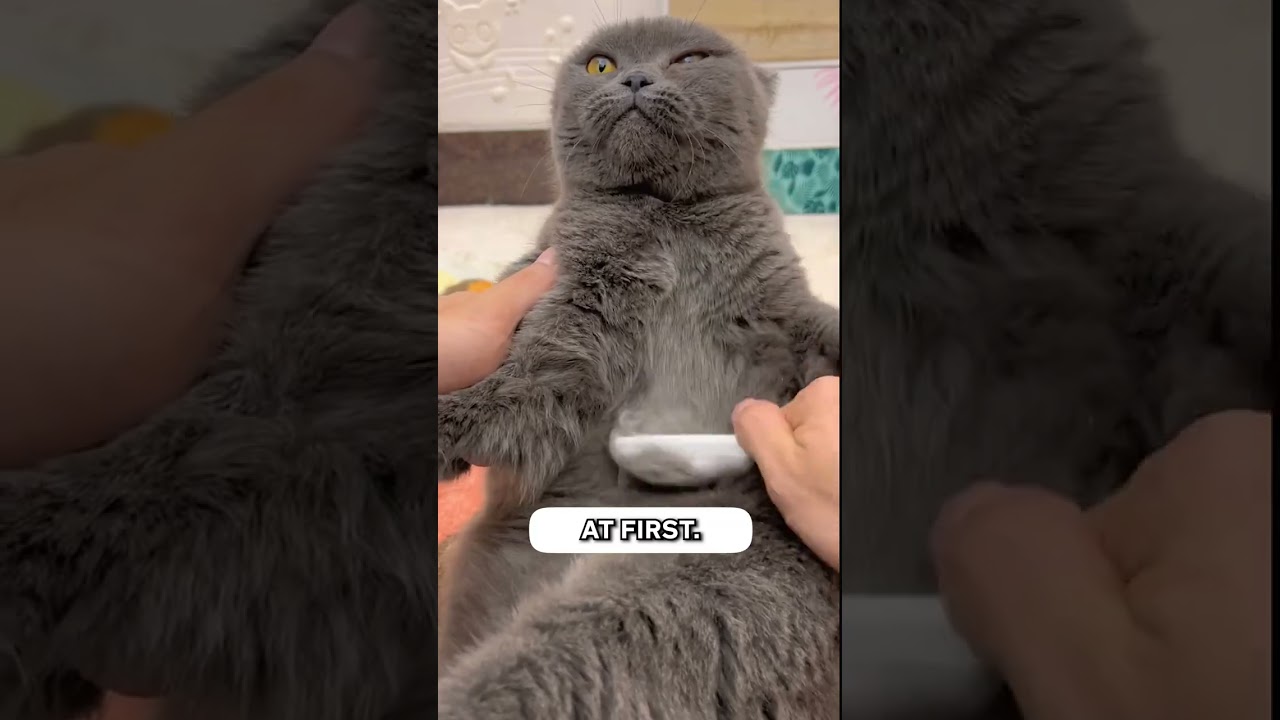
How to Combat Flea Dirt: Strategies and Products
Effectively handling flea dirt means taking a comprehensive approach. Let’s break down some strategies and products that can make a difference for you and your pets:
Regular Vacuuming and Cleaning
Regular vacuuming is your first line of defense against flea dirt. Clean carpets, floors, and furniture to eliminate flea dirt deposits. Don’t forget to vac the pet beds! And dispose of vacuum bags immediately to avoid reinfestation.
Effective Flea Treatments
Professional Pest Control
For extensive infestations, consider professional pest control services. They have the expertise and tools to tackle the problem effectively. Just like you’d count on trusted brands like Ego shoes for comfort, you can rely on professionals to help remove these pesky parasites and prevent future encounters.
Natural Remedies
If you’re looking for pet-safe options, try natural remedies! Essential oils like lavender and eucalyptus can work wonders as flea repellents. Think of them as your protective sock shoes, keeping your beloved little ones safe from harm.
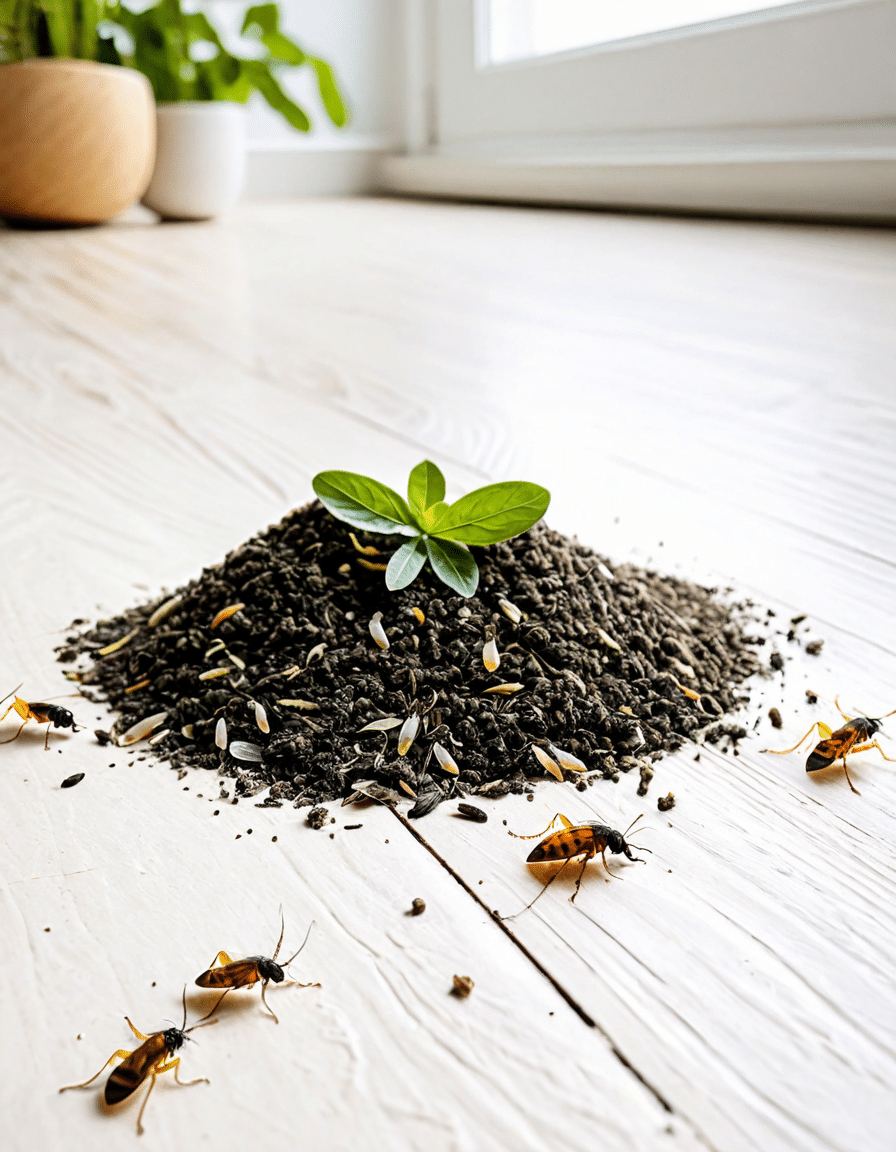
The Hidden Link Between Flea Dirt and Your Home’s Hygiene
Flea dirt doesn’t just affect your pets; it’s intricately linked to your home’s overall hygiene. Carpets, upholstery, and pet bedding often harbor flea dirt, leading to health risks for everyone—pets and humans alike. Regular inspections and cleaning help maintain a pest-free environment.
Having a clean home is a game changer! Keep an eye out for flea dirt and act fast to protect your living space. Trust me, a clean environment enhances the health of both you and your pets.
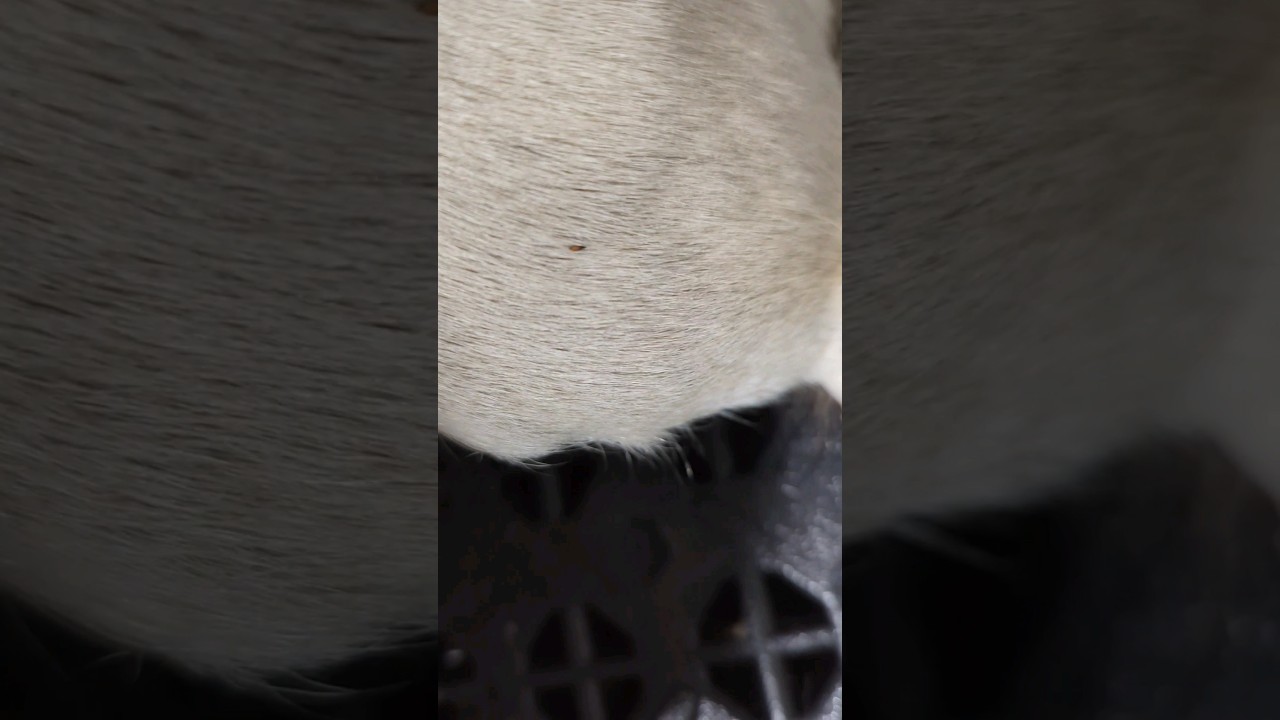
Emphasizing Preventive Measures
Prevention is key when it comes to flea dirt accumulation. Tackling it early on is less stressful and more cost-effective. Here’s how:
With knowledge and consistent effort, you can protect your loved ones from the risks associated with flea dirt. Take action today to ensure a cleaner, safer living space that’s healthy for everyone involved. After all, a happy home starts with proactive measures!
So there you have it! Understanding and addressing flea dirt can dramatically improve your pets’ lives and your family’s well-being. Don’t let these tiny worries overshadow your joy. Make informed choices and keep your environment lively and free from those hidden dangers!
Understanding Flea Dirt: Fun Facts and Hidden Dangers
What is Flea Dirt?
Flea dirt, often mistaken for regular dirt or specks of pepper, is actually flea feces made up of digested blood. It’s commonly found on pets and in their living environments. Believe it or not, if you see flea dirt, it’s a clear sign that these pesky parasites have set up shop. Just like finding your favorite flavor of Hudsonville ice cream in a store, spotting flea dirt means a thorough clean-up is in order! These tiny bits can harbor more than just an unsightly mess; they can also be a gateway for potential health risks for both pets and humans.
Hidden Dangers of Flea Dirt
What many folks don’t realize is that flea dirt can lead to significant allergic reactions. For instance, a pet may experience dermatitis because of flea infestations, which can be tough to combat. The dangers can escalate quickly if fleas bite humans as well! If you’re ever in a pinch and need to access funds for pet care, you might contemplate how to pull money from 401k plans. It’s crucial to address flea infestations promptly to avoid health complications.
Fun Trivia About Flea Dirt
Here’s a fun nugget for you: Did you know that flea dirt can actually help you determine how long a flea problem has been around? Flea dirt that turns red upon contact with water indicates it consists mainly of dried blood, suggesting an infestation that’s been lingering for quite some time. On a lighter note, while you’re swatting away those fleas, you can indulge in some delicious rebel ice cream. However, before you dig in, remember that keeping your living area clean and free of flea dirt is vital for your pets; it’s the least you can do to maintain a safe home environment for everyone, including those who binge-watch shows like Found!
Stay informed about your pet’s health and tackle those flea problems head-on. After all, you wouldn’t want to trade a pleasurable evening watching a movie for scratching your head over flea issues. So the next time you spot flea dirt, don’t just brush it off; it could be a small sign of a bigger problem!
